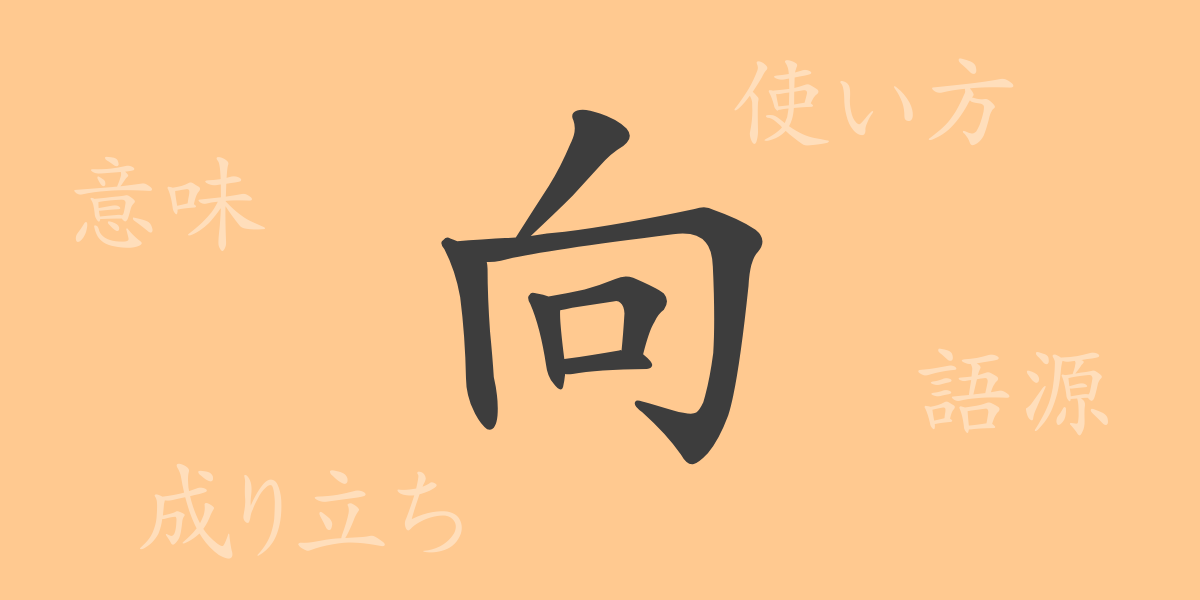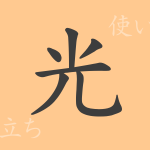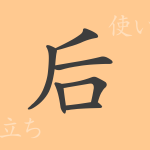The Japanese language features a vast array of kanji, each with its own unique history and meaning. The kanji “向” (む.く: mu.ku) is a word frequently encountered in daily life, essential for indicating direction and intention. In this article, we delve into the charm of “向” (む.く: mu.ku), exploring its origins and various compounds. Let’s touch upon the rich world that a single kanji holds, with an eye towards SEO optimization.
Origins of 向 (む.く: mu.ku)
The kanji “向” (む.く: mu.ku) originates from ancient Chinese pictographs. Initially, it depicted an open-mouthed container, “𦣞”. Over time, the character evolved to represent a container opening in a specific direction, thus acquiring the meaning of indicating direction. This historical transformation highlights the deep connection between “向” (む.く: mu.ku) and the expression of direction and intent.
Meanings and Usage of 向 (む.く: mu.ku)
While “向” (む.く: mu.ku) primarily means “towards a certain direction,” it has various applications depending on context. For example, “目的に向かって進む” (もくてきにむかってすすむ: mokuteki ni mukatte susumu) denotes moving towards a goal, and “彼に向かって話す” (かれにむかってはなす: kare ni mukatte hanasu) means speaking to someone. It also conveys intent and purpose, as in “気持ちを向ける” (きもちをむける: kimochi wo mukeru), which means focusing one’s feelings on something or someone.
Readings, Stroke Count, and Radical of 向 (む.く: mu.ku)
“向” (む.く: mu.ku) has various readings and structural elements.
- Readings: The on-yomi (Chinese reading) is “コウ” (こう: kou), and the kun-yomi (Japanese reading) includes “む.く” (む.く: mu.ku), “む.ける” (む.ける: mu.keru), and “む.かう” (む.かう: mu.kau).
- Stroke Count: It has a total of 6 strokes.
- Radical: The radical is “しんにょう (辵、辶: shinnyou),” indicating movement or direction.
Compounds, Idioms, and Proverbs Featuring 向 (む.く: mu.ku)
Numerous compounds, idioms, and proverbs incorporate “向” (む.く: mu.ku), reflecting the richness of Japanese expression. Examples include:
- 前向き (まえむき: maemuki): A positive attitude.
- 向学心 (こうがくしん: kougakushin): A desire to learn.
- 意向を示す (いこうをしめす: ikou wo shimesu): To express one’s intention or opinion.
- “柳に雪折れなし” (やなぎにゆきおれなし: yanagi ni yuki orenashi): A proverb meaning that flexibility can overcome difficulties, using “向” (む.く: mu.ku) to convey adaptability.
Conclusion on 向 (む.く: mu.ku)
The meaning encapsulated in a single kanji can show various nuances depending on its context. “向” (む.く: mu.ku) not only points to direction but also expresses human intention and emotion. As a commonly used kanji in Japanese, it plays a significant role in daily life. Understanding its usage leads to richer communication. Through this exploration, you’ve likely gained a deeper knowledge and understanding of “向” (む.く: mu.ku).

























